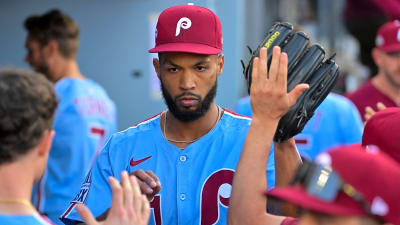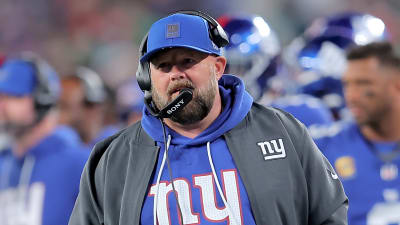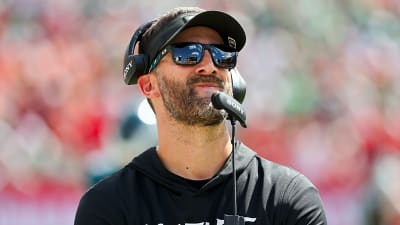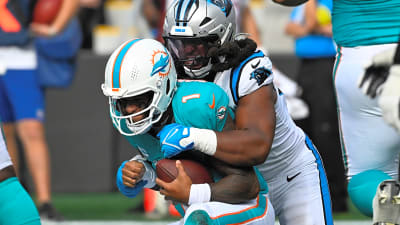25 years since the XL Big Wave Awards were first held in LA, the revamped Big Wave Challenge BWC held its annual awards night at the Newport Lido Theatre last week. While the much-bandied term “glittering” may be overdoing a night of surfers wearing jeans and tees, it still was the biggest gathering of the tribe in years. But what did we learn? And where is big wave surfing headed? We conduct a litmus test on a format and platform that looks here to stay.
Underdog Stories Remain In Big Wave Surfing
The Big Wave Challenge Awards provide one of the few opportunities to shine a spotlight on that bastion of big-wave surfing, the underground charger. Men’s Ride of the Year Winner Tom Myers was the prime example. The fireman and carpenter rode a stickerless board on both his Queescliff Bombie waves in April and August and wasn’t known outside his home beach of Freshwater. “I don’t have the time to scratch my arse, let alone chase swells,” he told SURFER. “So when I saw that purple blob on the charts, I called in sick for work and just went surfing. That’s it all come to this? Well, it's surreal.” Meanwhile, Biggest Wave Winner Ale Slebir works construction in the swell off-season, Surfer of the Year nominee Jojo Roper does shifts in his dad’s surf shop, while Biggest Wave and Ride of the Year winner Michael Fregosa is a 44-year-old Brazilian who has spent two decades surfing the world’s heaviest waves, existing on massive barrels and pure passion. You don’t get those stories on the CT.
But The Cream Rises To The Top
While the underdogs supplied plenty of heart and no small splashes of working-class narrative, when it comes to elite big wave surfing, it’s the combo of pure talent and professionalism that rises to the top. For Justine Dupont and Lucas “Chumbo” Chianca, the winners of Surfer of the Year awards, didn’t come as a surprise. The pair have been jumping over their own big wave performance high-bars for the last few years, and are standouts in their own categories on almost every swell event that goes down anywhere in the world. Surfing massive waves is their job, and for the last few years, no one has done it better than the pair.
The Big Wave Benjamin Button effect
The aforementioned Slebir is just 23, and his partner, who towed him into the 76-foot wave (more on that later), is 22-year-old Luca Padua. Tyler Simpson-Kane, who won the Best Wipeout Award, turned 21 this year. He’s been riding huge Jaws for at least a decade before he can order a beer. The point is, big wave surfers are getting younger. Let’s call it The Big Wave Benjamin Button effect. Or let’s not. Such is the demographic shift, the BWC introduced a new Young Gun category this year. That the winner was Kamiel Deraeve, a 13-year-old Belgian based in the Canary Islands who is making a name for himself at giant Nazare, tells you exactly where the sport is headed: back to the womb.
Keeping The Lights On
“It’s great that Bill Sharp and the Big Wave Challenge have kept the lights on for big wave surfing. It means a lot,” said Tom Myers on stage after his win. He had a point; the WSL now offers just one big wave event, the Nazare Challenge, and has effectively vacated the big wave space. Meanwhile, the Big Wave Alliance (BWA), a tour organized by Gary Linden that aimed to unite existing big wave events and crown a World Champion, hasn’t moved in to fill the vacuum yet. And so, 25 years after Sharp held the first XL Big Wave Awards, the gathering of the tribe at Newport showed that big wave surfers still crave legitimacy. That and a good old fashioned piss up. At the moment, the Big Wave Challenge is the only platform providing both.
Measuring Big Waves
“Alo Slebir’s wave at Mavericks on December 23, 2024, was measured to be 23.1 meters (76 feet),” read the official statement issued by the World Surf League. As ever with big wave measurement, the inevitable controversy was met with the usual lack of transparency. To be fair, the WSL has just handed over the world record accreditation process to the Big Wave Challenge after five years, and they did say that, “a team of scientists had reviewed this submission, which included detailed visual calibration and analysis to ensure accurate measurement,” but it’s hard to find exactly who did what, where, and how. To his credit, Slebir didn’t make a big deal of it, but many surfers believed his wave was seriously undercooked. And like a piece of chicken, it left a funny taste in the mouth.
More must-reads:
- Former NBA champion calls for LeBron James to retire after this season
- Giants QB Jaxson Dart joins unexpected company after his first three starts
- The 'Team USA men's basketball coaches' quiz
Breaking News
Trending News
Customize Your Newsletter
 +
+
Get the latest news and rumors, customized to your favorite sports and teams. Emailed daily. Always free!








